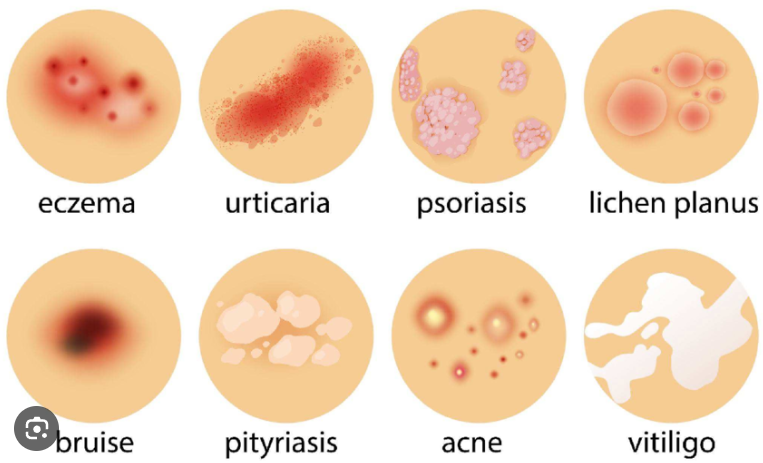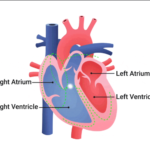Find out about the various kinds of skin disease conditions, their causes, symptoms, and available treatments.
The skin is the body’s biggest organ, and as such, there are a lot of ways it can go wrong. Some of the more common or noticeable skin disease include:
- Acne
- Allergic reactions and autoimmune diseases
- Cellulitis
- Eczema
- Rosacea
- Skin Cancer
- Viral infections
- Vitiligo
Also read-Shingles : A Patient’s Guide To Shingles And Its Symptoms
Skin Diseases
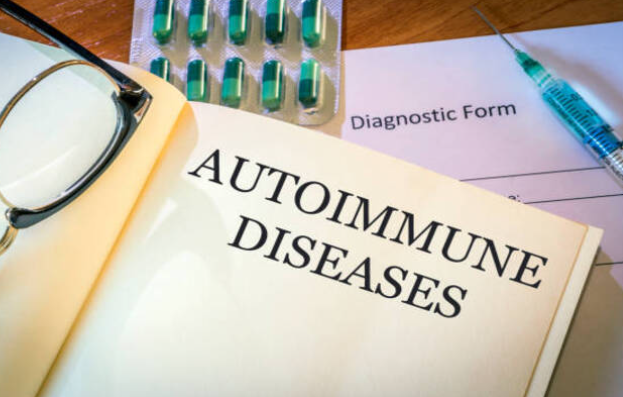
Skin Diseases
Acne
Your face is covered in microscopic pores and hair follicles, despite the fact that they may be hard to see. Acne is the term for pimples, black heads, and whiteheads that appear when these get clogged with oil or dead skin cells. Acne is not limited to the face; it can also appear on the back, shoulders, neck, chest, and buttocks. Teenagers are more likely to experience acne due to hormonal changes in their bodies, but acne can affect people of all ages. According to board-certified dermatopathologist and Boston-area resident Dr. Gretchen Frieling, “acne is the most common skin disease in the U.S.”
Skin Diseases
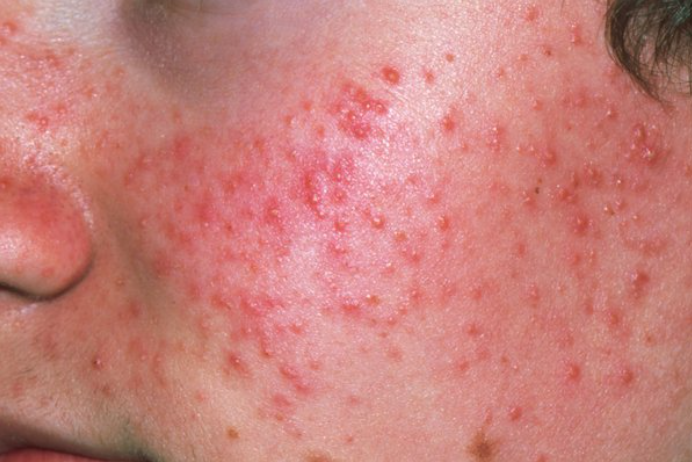
Skin Diseases
Excessive production of oil in the skin is the cause of acne. This extra oil can clog pores in the skin, bringing on unsightly bumps and pus-filled pimples, along with dead skin cells and bacteria. Acne can be made worse by hormones, drugs, stress, and certain foods, like chocolate. Acne is not communicable and is not brought on by bad hygiene; in fact, excessive cleaning or vigorous scrubbing can exacerbate the condition. “Acne is diagnosed by a simple visual inspection at the doctor’s office,” Frieling says, and “there is no test for acne. Rarely, a doctor may take a swab or scrape of a lesion or pustule for microbiological examination or culture to rule out other sources of infection. Hormone blood tests may be ordered for women to look for conditions such as pregnancy because some acne treatments cannot be used during pregnancy.”
Skin Diseases
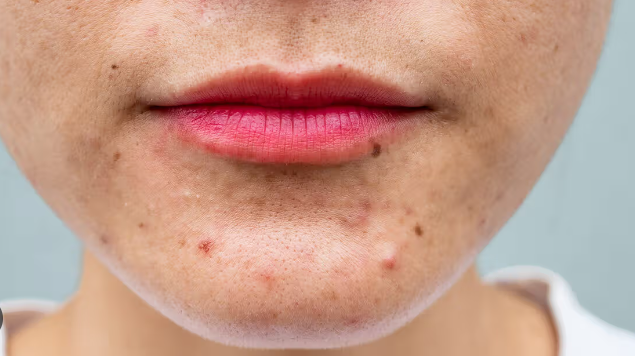
Skin Diseases
Allergic reactions and autoimmune diseases
The body’s immune system can sometimes go a little haywire when reacting to suspected pathogens, creating an allergic reaction. In other cases, this reaction becomes entrenched as an autoimmune disorder. Among the more common allergic and autoimmune conditions that can trigger skin symptoms are:
- Contact dermatitis. When you develop a red, itchy rash after coming into contact with an allergen, that’s called contact dermatitis. It’s not contagious or dangerous, but it can be annoying and uncomfortable. Soaps, cosmetics, jewelry, plants and perfume are all common triggers of contact dermatitis. Removing the allergen and keeping the area clean are keys to clearing it up. A cool compress and anti-itch creams can also soothe irritated skin.
- Hives. Also known as urticaria, hives develop in response to certain allergens and sometimes for unknown reasons. These raised, red welts can also look bumpy and may itch, burn or sting. They usually aren’t serious, but they could be a sign of a potentially dangerous allergic reaction. Hives usually last for a few days to a few weeks and may go away on their own. Over-the-counter antihistamine drugs can often clear up hives sooner. If a case of hives causes your eyelids or lips to swell, seek emergency care, as it may be a sign of a potentially dangerous complication, the American Academy of Dermatology reports.
- Lupus. A systemic autoimmune disease called lupus causes inflammation throughout the body, including the skin. Lupus can damage internal organs and cause joint pain, fevers, fatigue and rashes. These rashes, which are called cutaneous lupus erythematosus, often form a butterfly pattern across the nose and cheeks. The Lupus Foundation reports that 66% of people with lupus develop some form of skin disease and “40 to 70% of people with lupus will find that their disease is made worse by exposure to ultraviolet rays.”
- psoriasis. This prevalent autoimmune disease results in scaly areas of accumulated dead skin cells. More than 8 million Americans and “125 million people worldwide—2 to 3% of the total population—have psoriasis,” according to the National Psoriasis Foundation. Psoriasis can strike at any age, but it usually manifests in individuals between the ages of fifteen and twenty-five. It is also true that older adults are not immune to developing the condition; according to the Psoriasis Foundation, 10 to 15 percent of patients receive a diagnosis before the age of 10.
Skin Diseases
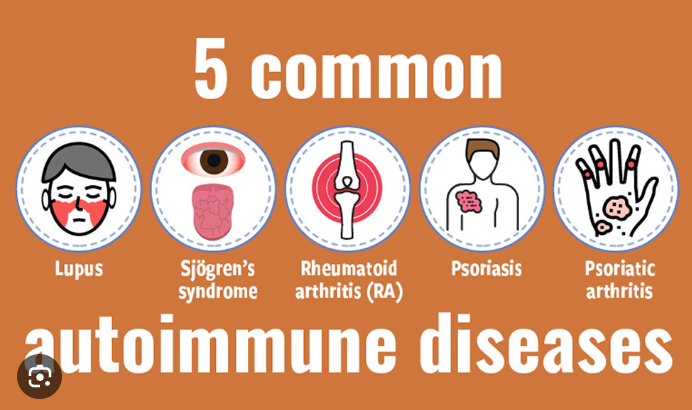
Skin Diseases
Cellulitis
The Mayo Clinic reports that “cellulitis is a common, potentially serious bacterial skin infection. The affected skin appears swollen and red and is typically painful and warm to the touch.” Though it’s more commonly found on the lower legs, it can develop most anywhere there’s a break or crack in the skin where bacteria, usually streptococcus or staphylococcus, can enter. The site of infection may also show bumps, blisters or skin dimpling, all caused by the infection. That infection needs to be cleared up, because if it’s left untreated, it can spread and become dangerous. If you develop a red, swollen rash that hurts, that’s changing rapidly, or if you also have a fever, seek emergency care.
Skin Diseases
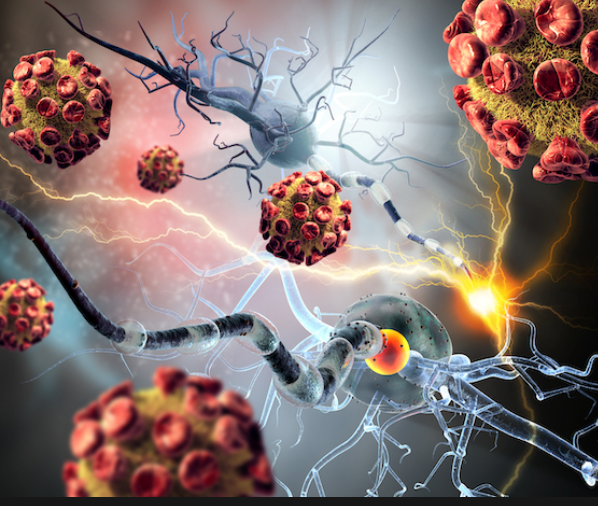
Skin Diseases
Eczema
There are a few types of eczema, but the most prevalent kind is atopic dermatitis, according to Dr. Michael Blaiss, an executive medical director of the American College of Allergy, Asthma and Immunology and a clinical professor of pediatrics at the Medical College of Georgia in Augusta, Georgia. He defines eczema as “a very itchy, red rash that can affect adults as well as infants and often starts in early infancy.” Although many people outgrow it over time, it can last a lifetime. It frequently appears on the cheeks, in the folds behind the elbows and knees, and on the wrists, ankles, and necks of children. Adults may experience it in the same locations, but it can also appear anywhere, including the face and the area around the eyes.
Skin Diseases
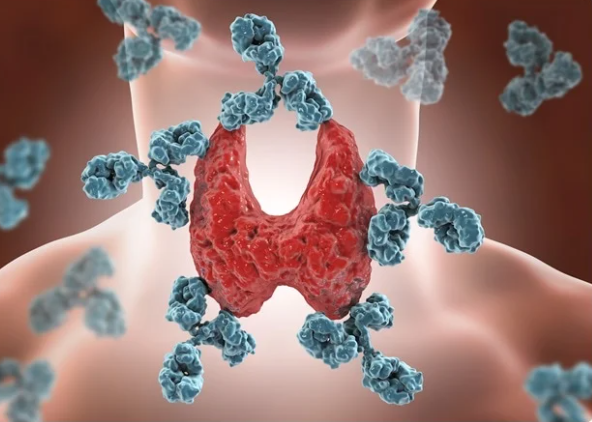
Skin Diseases
Rosacea
The National Rosacea Society reports that “an estimated 16 million Americans have rosacea, yet only a small fraction are being treated.” Symptoms of rosacea include:
- Redness across the cheeks and nose
- Small pus-filled bumps
- Visible blood vessels in the face
- Eye problems, including dryness, irritation and swelling or reddening of the eyelids
- Thickening of the skin on the nose, causing the nose to look large and bulbous
“People with rosacea commonly experience dry skin, rashes or swollen blood vessels in the skin. Those with rosacea also have ‘flushing’ episodes, where either exercise or other triggers cause your face to blush bright red for some time,” Frieling says. Symptoms flare up for a few weeks or months and then dissipate. Rosacea may be mistaken for an allergic reaction, acne or another skin problem. Anyone can develop rosacea, the Mayo Clinic reports, “but it most commonly affects middle-aged women who have fair skin.”
Skin Diseases
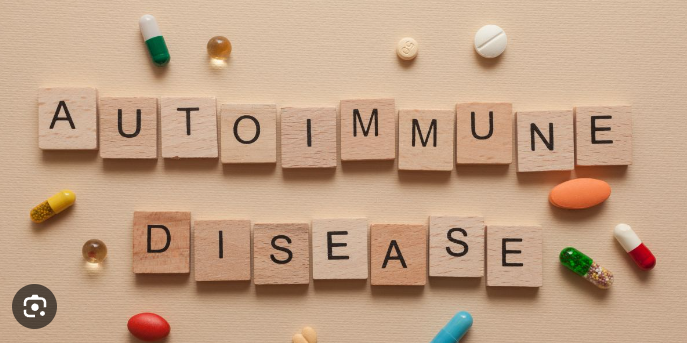
Skin Diseases
Skin cancer
Skin cancers are “by far the most common type of cancer,” according to the American Cancer Society. According to the Skin Cancer Foundation, two people in the United States pass away from skin cancer every hour, and more than 9,500 people receive a diagnosis of the disease every day. According to Frieling, “skin cancer is defined by the abnormal growth of skin cells and is typically found in areas of the skin exposed to sunlight.” Skin cancer can be of three main types:
Skin Diseases
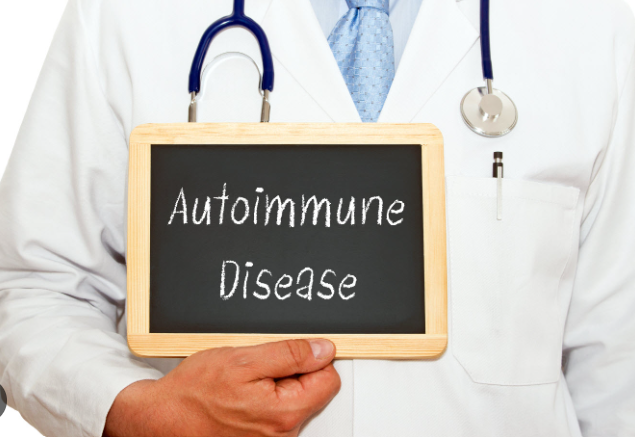
Skin Diseases
- Basal cell carcinoma. Cancers of the basal cells—the lower part of the epidermis—are the most common type of skin cancer, accounting for about 80% of skin cancer cases. It tends to develop in parts of the skin that are more often exposed to sunlight and “often appears as a bump, a flesh-colored lesion or even a sore that heals and returns to the surface,” Frieling says. Though this tends to be a less aggressive form of skin cancer that’s usually very easily treated by removing the diseased cells, it is possible in some rare instances for it to spread and become dangerous.
- Squamous cell carcinoma. Cancers in the flat cells on the outer part of the skin are the second-most common type of skin cancer, accounting for about 20% of skin cancers, the ACS reports. They also tend to develop in areas exposed to sunlight and are more likely than basal cell carcinomas to spread. “People with dark skin are more likely to develop squamous cell carcinoma. This form of skin cancer typically appears as a red, scabby lesion on areas that aren’t usually exposed to the sun, such as the ears and hands,” Frieling says.
- Melanoma. When melanocytes—cells that contain the pigment melanin—turn cancerous, the disease is called melanoma. Melanoma is more aggressive than squamous or basal cell carcinoma and accounts for most of the deaths related to skin cancer. The Centers for Disease Control and Prevention report that in 2015 (the most recent year for which data are available), 80,442 new cases of melanoma of the skin were reported in the U.S. and 8,885 people died of the disease. “Melanoma can form anywhere on the body, including healthy skin or an existing mole,” Frieling says. “Symptoms and signs of melanoma include a mole that has changed in size or color, a large brown spot with freckles, a red painful lesion or dark lesions on your fingertips, toes, palms of the hands and mouth.
Skin Diseases
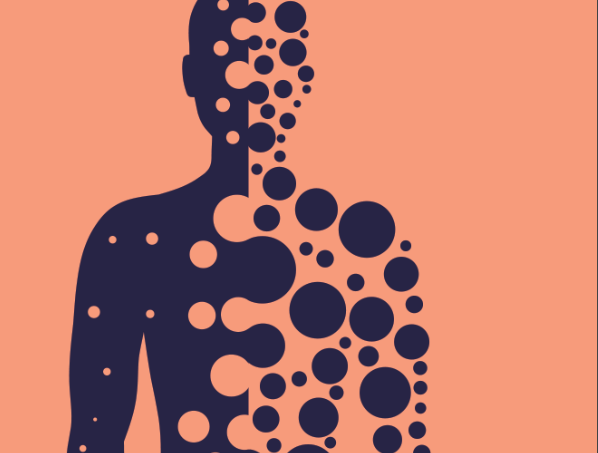
Skin Diseases
Uncontrolled cell proliferation is a common cause of cancer, including skin cancer, and it may be inherited. Sunlight exposure is another significant factor. According to Dr. Cameron Rokhsar, an associate clinical professor of dermatology at Mount Sinai Hospital in New York City, “we know that the amount of sun exposure received over a lifetime is directly related to the two most common skin cancers.” Your chance of getting skin cancer can also be raised by smoking, having other illnesses like rheumatoid arthritis, being older, being exposed to radiation and other chemicals like arsenic, and being exposed to other forms of radiation.
Viral infections
Some viruses can cause nasty rashes and itchy welts to emerge on the skin. Among these are:
- Chickenpox. This highly contagious childhood illness is caused by the varicella-zoster virus. It causes a super-itchy, blister-like rash all over the body. It often starts on the chest, back and face before spreading to other areas. In addition to the rash, chickenpox causes a fever, fatigue, loss of appetite and headache. Though its far more common in children, adults can contract chickenpox, and it can be a serious illness. A chickenpox vaccine has been available in the U.S. since 1995.
- Cold sores. Also sometimes called fever blisters, cold sores develop on and around the lips. They’re caused by the herpes simplex virus, which is related to the herpes virus that causes genital herpes. HSV-1 is transmitted by close contact with a person who has the virus. Cold sores are contagious even when symptoms are not present. In addition to itchy, tingling or burning blisters on the lips, people experiencing a cold sore outbreak may also develop a fever, pain in the gums, a sore throat and headache, muscle aches and swollen lymph nodes, the Mayo Clinic reports.
- Measles. Though an effective vaccine against the rubeola virus that causes measles has been around since 1963 and the disease was declared eliminated from the United States in 2000, according to the CDC, a recent undercurrent of distrust of vaccines has led to a resurgence of measles. Symptoms of measles infection include fever, dry cough, runny nose, sore throat, tiny white spots with blue-ish centers on a red background in the mouth and a skin rash featuring red spots and flat blotches that begin on the face and spread to the arms and then the legs and feet.
- shingles. The shingles virus, which also causes chickenpox, is responsible for the excruciating red rash that often appears as a wide band of blisters encircling the side of the body. It can occasionally begin in the area around the eye, face, or neck. It has the potential to spread to other body parts. Early symptoms of shingles include pain, tingling, numbness, and sensitivity to touch. A red rash and blisters filled with fluid appear a few days later. Some also experience extreme fatigue, headaches, or fevers. Shingles is more common in those over 50 because if you’ve ever had chickenpox, you could develop shingles later on, usually years later.
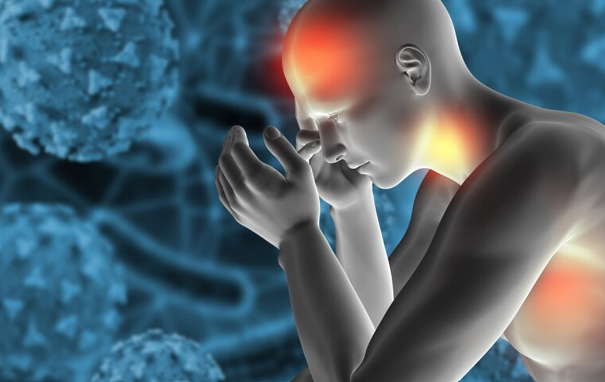
Skin Diseases
Vitiligo
This skin disease causes the loss of pigmentation in large patches across the skin. This loss of color is caused by a reduction in function or the death of melanocytes, cells containing the pigment melanin. It may be caused by an autoimmune condition, but it’s unclear exactly what the base cause of vitiligo is. It can affect anyone, but tends to be much more noticeable in people with darker skin. It also tends to start in people younger than age 20, but can start at any time. It’s not life-threatening or contagious and causes no adverse health consequences, but it can have a severe emotional impact on some people. There is no cure, but treatments exist that may slow the progression of the discoloration process and restore some color.
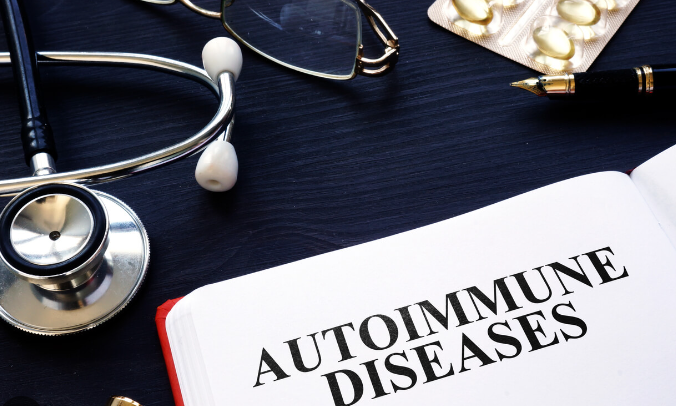
Skin Diseases
Also read-Mefenamic Acid : Why Was Mefenamic Acid The Subject Of A Drug Safety Alert Understand Everything
images source: Google
Disclaimer: The opinions and suggestions expressed in this article are solely those of the individual analysts. These are not the opinions of HNN. For more, please consult with your doctor







